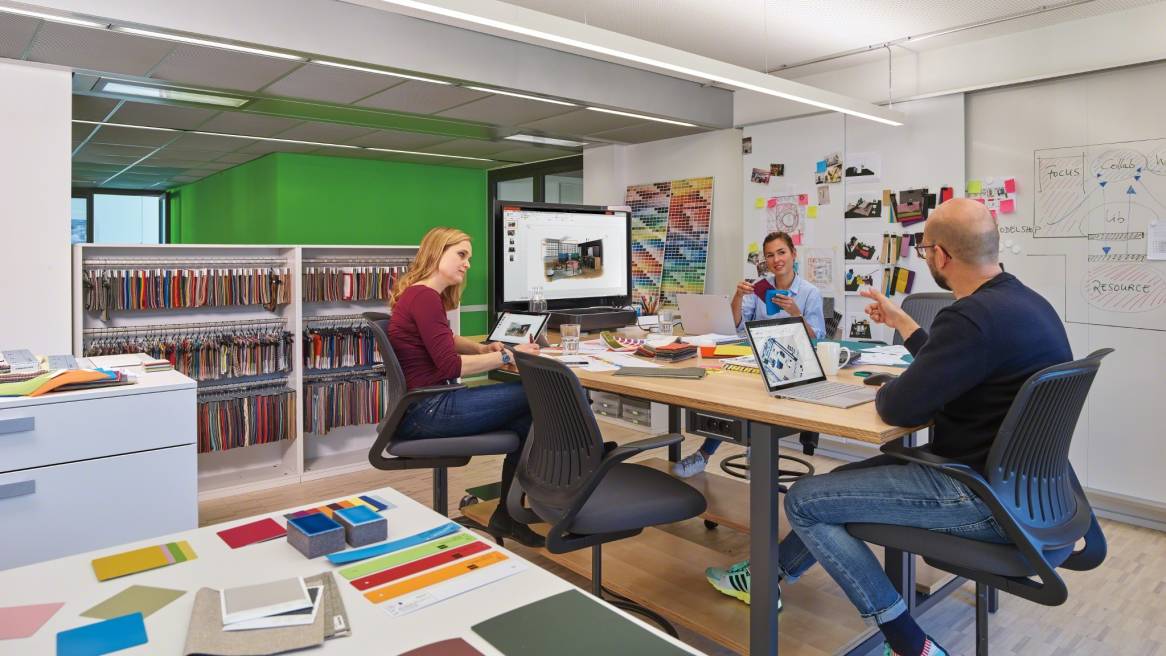Creating the Link Between Learning and Innovation
Innovation Principles
“Innovation is a physical activity. It’s dependent on human interaction, exploration and experimentation. That means the places that bring people together, physically and virtually, are critical to innovation outcomes.”
James LudwigVice President, Global Design and Product Engineering
At Steelcase, all spaces are working prototypes–experiments in which the organization implements its latest thinking, learns what works and what doesn’t so that they can continue to improve the workplace experience. The Learning and Innovation Center in Grand Rapids, Mich., built in 2012, provided valuable insights, and the Munich Learning and Innovation Center was envisioned as the next step in exploring how creative thinking can be nurtured and supported by physical space and technologies.
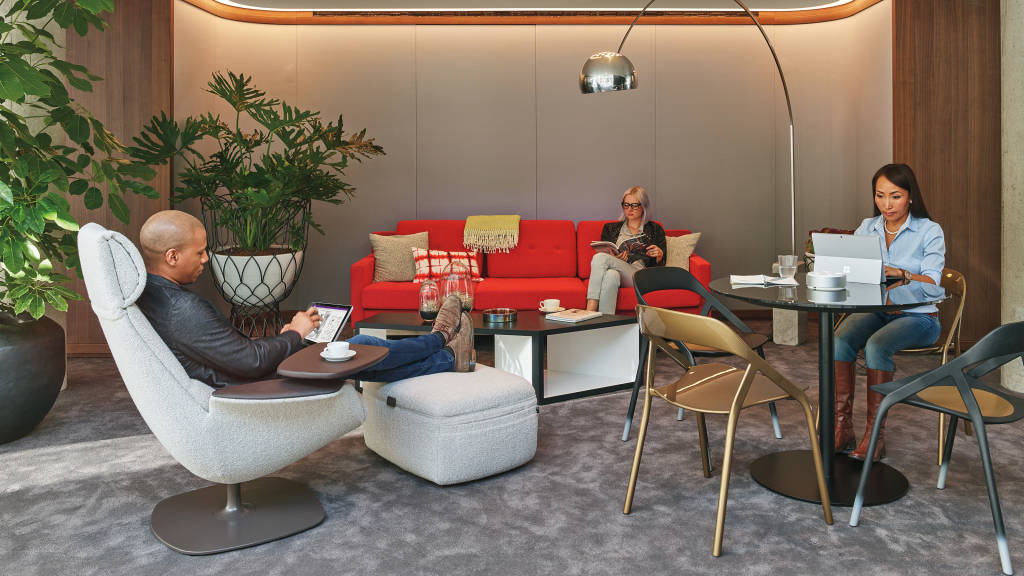
Among its mandates, the LINC was designed to support a culture shift from thinking of the workplace as “the corporate office” to experiencing it as “the creative studio.” It needed to create the conditions where ideas could be realized for both co-located and distributed teams so people could easily iterate on each other’s ideas, move around fluidly and stay engaged. This required creating an environment that was extremely agile and supported all stages of the creative process: focused work, collaboration in small and large groups, co-creation or making activities, function-based learning and intervals of respite and renewal.
The behaviors of design thinking and creative collaboration needed to be optimally supported. And, as a prerequisite for people openly sharing ideas, building an environment where trustful relationships could develop and thrive would be critical to the success of the LINC.
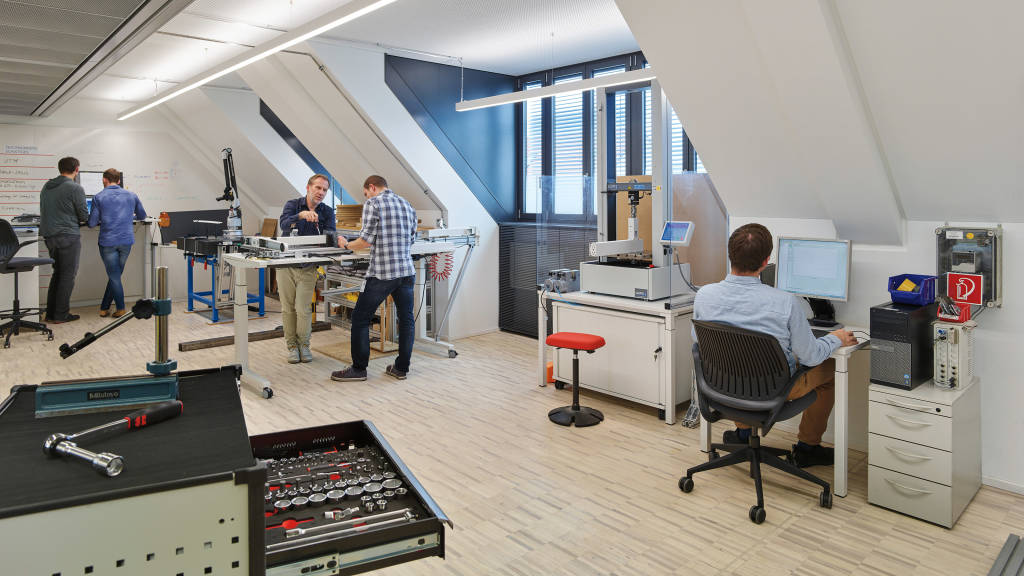
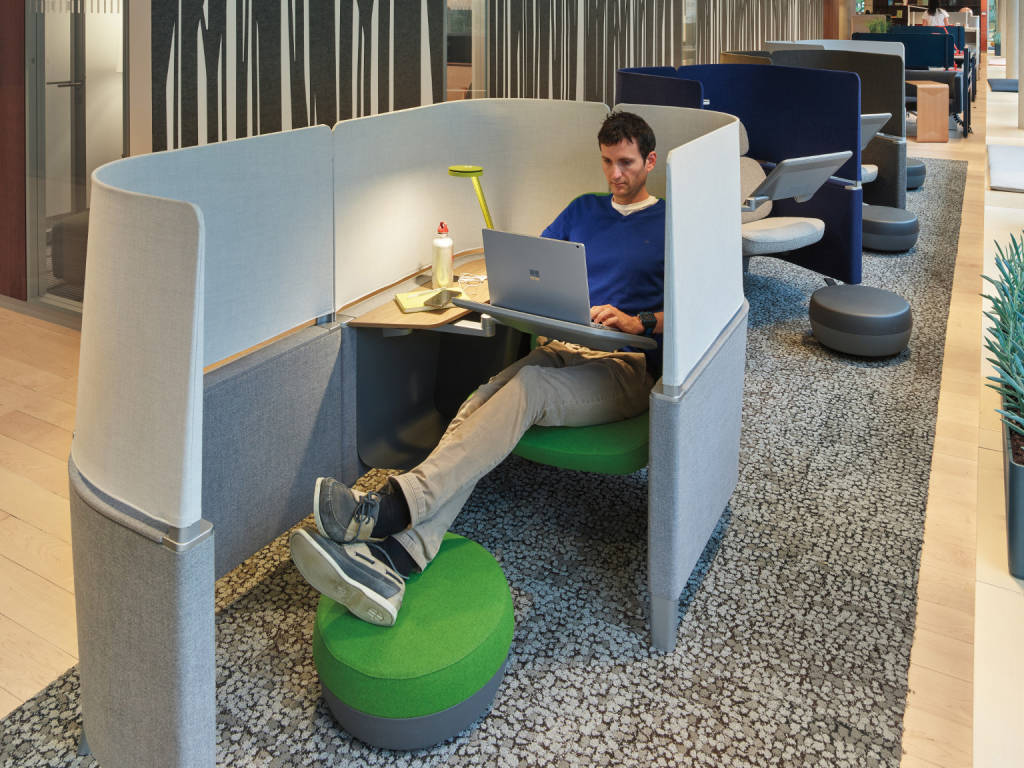
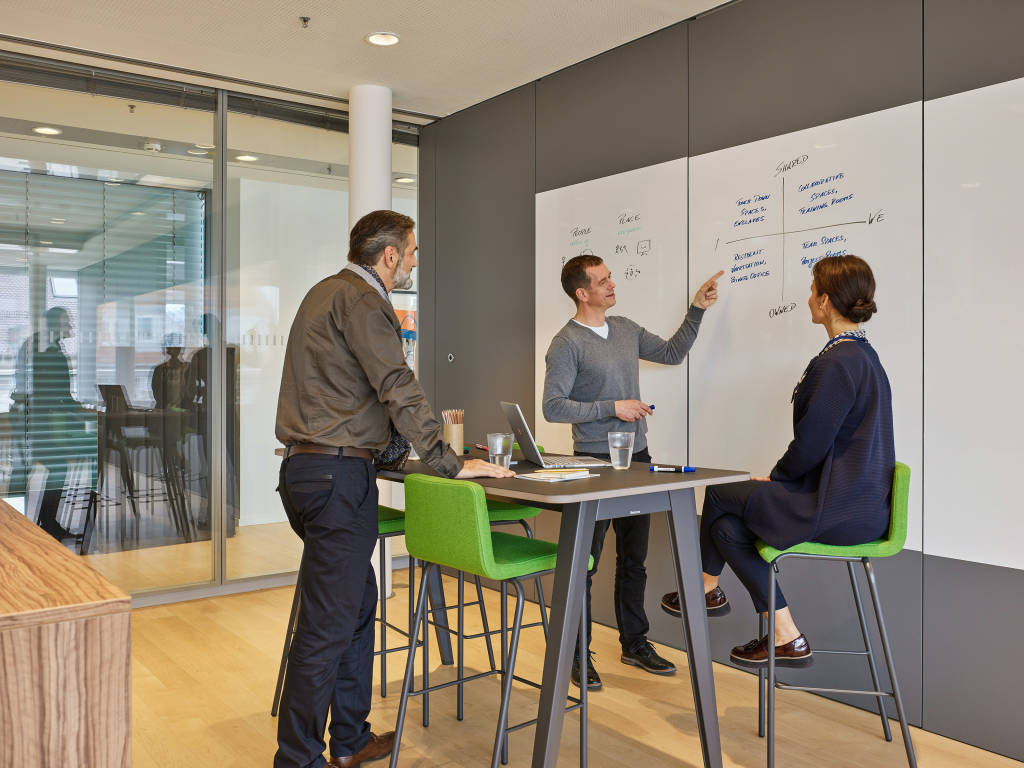
In addition to trusting each other, people doing innovation work need to trust the organization. They need to be assured that failures are accepted in the culture as integral to learning. This strengthens creative confidence and liberates them to take calculated risks in the search for breakthroughs.
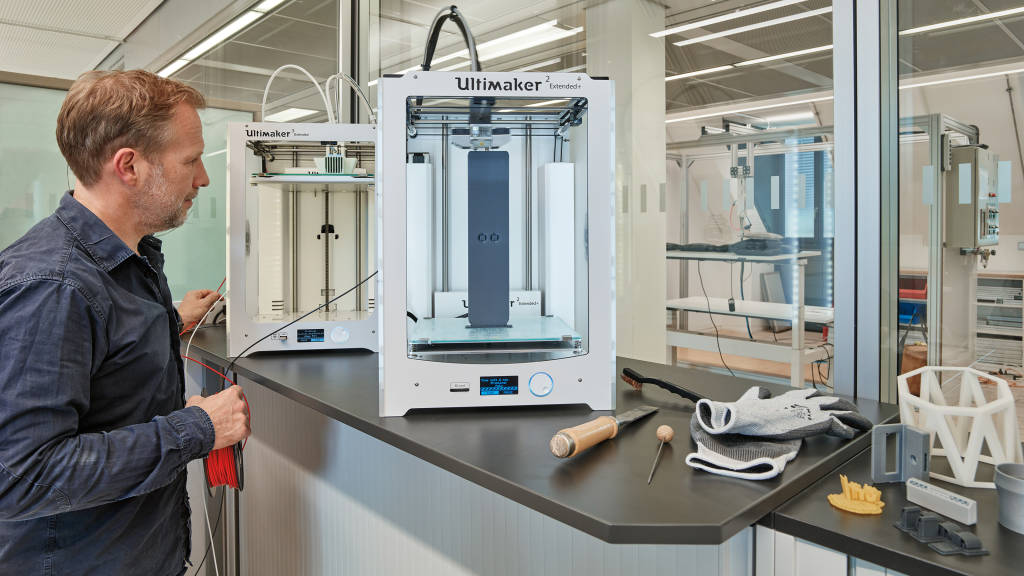
Innovation Guiding Principles
Based on their explorations, the team articulated these experience principles to help inform the design of the new LINC workplace:
Embrace design thinking in every function
Create an environment of creative collaboration
Practice the Seven Habits of Innovation
- Raise central questions.
- Be observers, listeners and learners.
- Make ideas visible.
- Share and co-create.
- Make others successful.
- Be an optimist.
- Fail faster to succeed sooner.
NEXT CHAPTER – Leadership Principles
PREVIOUS CHAPTER – Learning Principles

